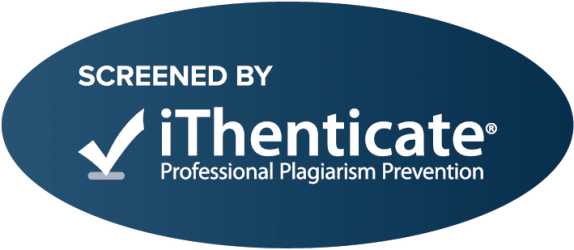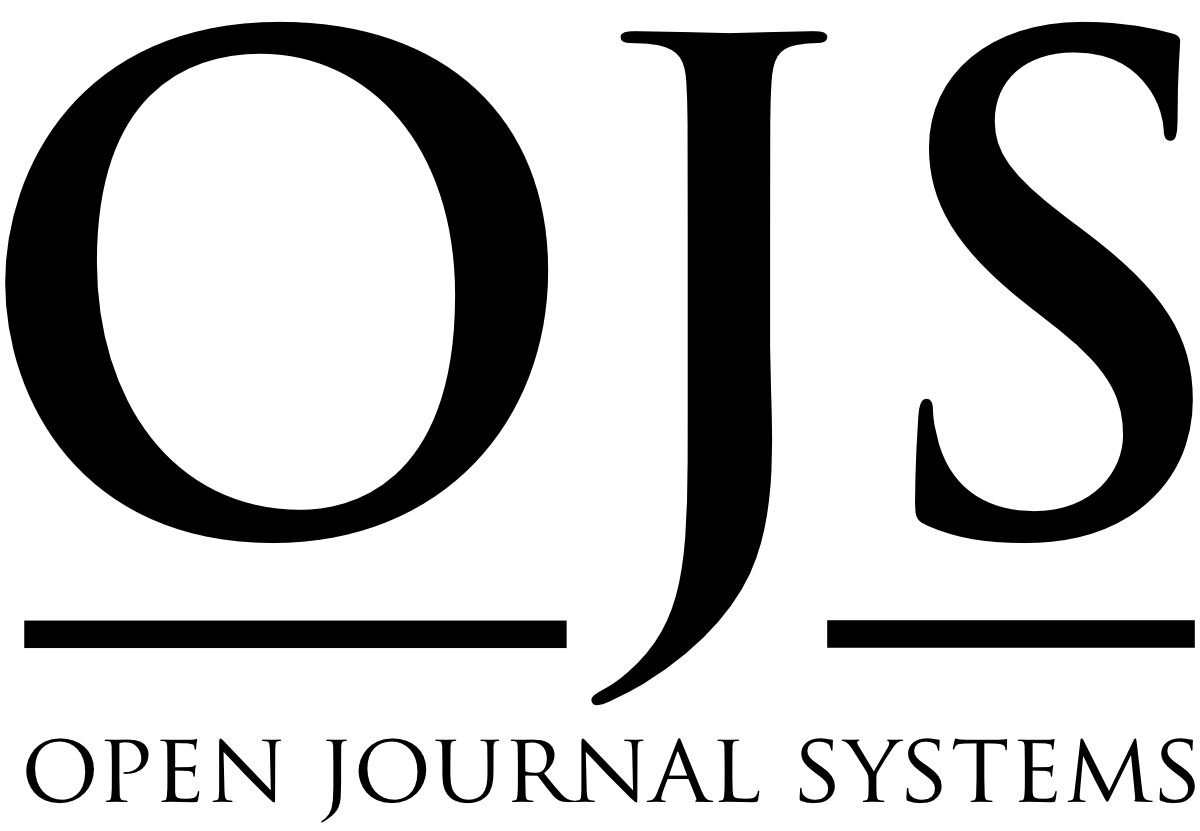Effect of Multisensory Approach on Increasing Math Skills Children with Mild Intellectual Disabilities
Keywords:
Multisensory approach, Touch Math, children with mental disabilities, Math skillsAbstract
The purpose of this study was to explore effect of multisensory approach on increasing math skills of children with mild intellectual disabilities. A total of 38 children with mental disabilities from three Fekrya schools in Kafr EL Sheikh Governorate; namely Kafr EL Sheikh Fekrya School ,Baltim Fekrya School, and Disouq Fekrya School(Schools for those who have intellectual disabilities)participated. T-test Analysis was employed for data analysis. Results. Findings from this study indicated the effectiveness of the program employed in math skills in the target children . Discussion. On the basis of the findings, the study supports the idea of Touch Math as a powerful intervention for children.Downloads
References
Amaal , A. Mostafa (This Volume, 2013) .The effectiveness of touch Math Intervention in teaching addition skills to preschoolers at-risk for future learning disabilities. International Journal of Psycho-Educational Sciences.
Bedard, J. M. (2002). Effects of a multisensory approach on grade one mathematics achievement, 4-38. Retrieved February 12, 2009, from http://www.touchmath. com/pdf/JMB.pdf
Bouck, E.C., Bassette, L., Taber-Doughty, T., Flanagan, S., & Szwed, K. (2009). Pentop computers as tools for teaching multiplication to students with mild intellectual disabilities. Education and Training in Developmental Disabilities, 44(3), 367-380.
Bullock, J. (2005). Touch Math Training Manual. Colorado Springs: Innovative Learning Concepts, Inc.
Calik, N. & Kargin, T.(2010).Effectiveness of the Touch Math Technique in Teaching Addition Skills to Students with Intellectual Disabilities. International Journal of Special Education, 25 ,1 ,195-204.
Cihak, D. F., & Foust, J. L. (2008). Comparing number lines and touch points to teach addition facts to students with Autism. Focus on Autism and Other Developmental Disabilities, 1. Retrieved July 8, 2008, from http://foa.sagepub.com/cgi/rapidpdf/1088357608318950v1
Creekmore, W., & Creekmoore, N. (1983). Math strategy for my children. Academic Therapy, 19(1), 65-71.
Fredrick-Dugan, A., Test, D., & Varn, L. (1991). Acquisition and generalization of purchasing skills using a calculator by students who are mentally retarded. Education and Training in Mental Retardation, 26, 381–387.
Geurts, N. (2006). Mathematics for every one: A pilot project of teaching maths to children with intellectual impairment. Erdelyi Pszichologiai Szemle, SPEC ISS2, SUPPL, PAR, 241- 250.
Goldman, S., Pellegrino, J., & Mertz, D. (1988) Extended practice of basic addition facts: Strategy changes in learning disabled students. Cognition and Instruction, 5, 223–265.
Hanrahan, J., Bernstein, G., & Franz, E. (March 1993). Difficulties in number recognition experienced by children with learning problems when reading teacher made materials. Paper presented at the 18th. International Conference, Learning Disabilities Association of Quebec, Montreal.
Hayter, S., Scott, E., McLaughlin, T.F., & Weber, K.P. (2007). The use of a modified direct instruction flashcard system with two high school students with developmental disabilities. Journal of Developmental and Physical Disabilities, 19(4), 409-415.
Marsh, L. & Cooke, N., (1996). The effects of using manipulatives in teaching math problem solving to students with disabilities. Learning Disabilities Research and Practice, 11(1), 58-65.
Mastropieri, M., Scruggs, T., & Shiah, R. (1997). Can computers teach problem-solving strategies to students with mild mental retardation? Remedial and Special Education, 18, 157–165.
Morin, V., & Miller, S. (1998). Teaching multiplication to middle school students with mental retardation. Education & Treatment of Children, 21, 22– 33.
Nesbitt-Vacc, N., & Cannon, S. (1991). Cross-age tutoring in mathematics: Sixth graders helping students who are mentally handicapped. Education and Training in Mental Retardation, 26, 89–97.
Podell, D., Tournaki-Rein, N., & Lin, A. (1992). Automatization of mathematics skills via Computer- assisted instruction among students with mild mental handicaps. Education and Training in Mental Retardation, 27, 200–206.
Rudolph, A. C. (2008). Using Touch Math to improve computations. Salisbury, NC: Catawba College.
Sandknop, P., Schuster, J., Wolery, M., & Cross, D. (1992). The use of an adaptive device to teach students with moderate mental retardation to select lower priced grocery items. Education and Training in Mental Retardation, 27, 219–229.
Scott, K. S. (1993). Multisensory mathematics for children with mild disabilities. Exceptionality, 4(2), 97-111.
Stith, L. E., & Fishbein, H. D. (1996). Basic money-counting skills of children with mental retardation. Research in Developmental Disabilities, 17(3), 185-201.
Test, D., Howell, A., Burkhart, K., & Beroth, T. (1993). The one-more-than technique as a strategy for counting money for individuals with moderate mental retardation. Education and Training in Mental Retardation, 28, 232–241.
Thornton, C., Jones, G., & Toohey, M. (1983). A multisensory approach to thinking strategies for remedial instruction in basic addition facts, Journal for Research in Mathematics Education, 14, 198–203.
Van Luit, J., & Naglieri, J. (1999). Effectiveness of the MASTER program for teaching special children multiplication and division. Journal of Learning Disabilities, 32, 98–107.
Wisniewski, Z. G., & Smith, D. (2002). How effective is Touch Math for improving students with special needs academic achievement on math addition mad minute timed tests? Retrieved January 27, 2009, from ERICdigest.org
Young, M., Baker, J., & Martin, M. (1990). Teaching basic number skills to students with a moderate intellectual disability. Education and Training in Mental Retardation, 25, 83– 93.
Zisimopoulos, D. (2010). Enhancing multiplication performance in students with moderate intellectual disabilities using pegword mnemonics paired with a picture fading technique. Journal of Behavioral Education, 19, 117-133.
Additional Files
Published
How to Cite
Issue
Section
License

This work is licensed under a Creative Commons Attribution-NonCommercial-NoDerivatives 4.0 International License.










